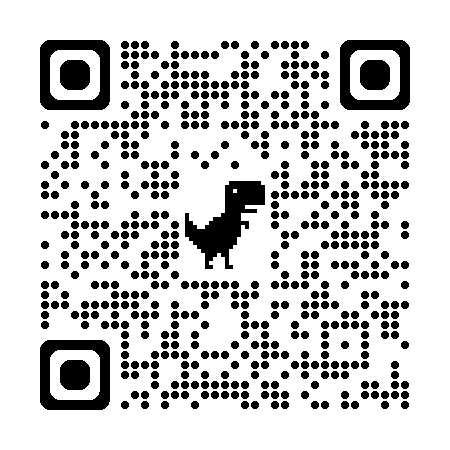Computing
Flex Space (114)
| For additional troubleshooting or to follow the links, go to https://help.nceas.ucsb.edu/NCEAS/Computing/flex_space.html |
 |
Space
- ~625 sqft
- Up to 30 seats
- Banquet style table setup 33ft x 4.5ft
Technology
- Power strips on the conference table
- Wi-Fi (the current network name and password are written on one of the whiteboards in the classroom)
- 55” 1080p TV (wall mounted)
- Roku Ultra (4800), attached to the back of the TV - for mirroring the iMac or your laptop screen to the TV
- iMac on the conference table can be used for presentations and for driving Zoom sessions
- Revolabs FLX UC 1500 (USB speakerphone with extension mics), hooked up to the iMac
1. Mirroring the iMac or a laptop screen onto the TV (two options)
- Turn on the TV using the remote or the TV’s power button
Option 1
- Make sure the TV’s Input is set to the Roku Box: HDMI1 ROKU - If you see the aquarium screen saver or a Roku page, you are good to go. Wake up the Roku Box, if necessary.
- On the presentation laptop or your own Mac laptop, connect to the TV via AirPlay (Click Screen Mirroring
 in the menu bar, then choose Flex Space 114 and enter the code that is displayed on the TV.
in the menu bar, then choose Flex Space 114 and enter the code that is displayed on the TV.
Use Wireless Display on a Windows laptop.Option 2
- Plug the HDMI cable into the iMac, using the Mini DP adapter, or the laptop, using the USB-C adapter, if needed
- Set the TV’s Input to HDMI2 CABLE
2. Starting a Zoom session
- Start the Zoom session on the iMac
- If prompted with Sign in to Start, click the button. You’ll be directed to the UCSB Net ID Single Sign-on page, where the necessary credentials should already be autofilled. Click LOG IN to proceed.
- Both the video and audio should be set to the Revolabs FLX UC 1500
- Test the audio: Use the “Test speaker & Microphone…” link from the pop-up window or in the audio control menu
- The audio from the iMac should be the only audio connected to Zoom (do not join audio on any other computer in the room). Adjust the volume with the buttons on the Revolabs FLX UC 1500.
- To show your own laptop screen to the other participants (local and remote), join the same Zoom session (but don’t join audio!), and use Zoom’s Share Screen feature
If you have trouble connecting to the TVs, starting your Zoom session, or addressing a specific use case, please contact Thomas, our onsite IT support, located on the third floor in room 321.